Signs of abuse can include but are not limited to physical, sexual or emotional maltreatment of a child under the age of eighteen which can result in harm, the potential to cause harm or the threat of harm. Child abuse can take place in a child’s home or in the organisations, schools or communities of which the child is a part.
Types of abuse
- Sexual AbuseSigns of sexual abuse can include:
- Nightmares or insomnia
- Seemingly irrational and excessive fear of things such as objects, smells, places, doctor’s visits, etc (these things may be associated with the abuse)
- Self-esteem issues
- Self-harm
- Suicidal attempts or thoughts
- High levels of anxiety
- Addiction
- Chronic unexplained pain
- Eating disorders such as anorexia or bulimia nervosa or eating disturbances
- Excessive masturbation
- Inappropriate sexual boundaries
- Pregnancy
- Feelings of shame and guilt
- Poor school performance
- Regressive childhood behaviours e.g. bed wetting, sucking of thumb
- Physical AbusePhysical abuse includes the punching, beating, kicking, biting, shaking, throwing, stabbing, choking, hitting (with a hand, stick, strap, or other object), burning, or other forms of harm to a child, that is inflicted by a person, whether an adult or older child, causing non-accidental physical injury, ranging from minor bruises to severe fractures or death. Signs of physical abuse can include:
- Multiple injuries or fractures at different stages of healing
- Explanations that do not fit the injury
- A high frequency of injury
- Swollen areas
- Bruises, lacerations, marks about the child’s body
- Cigarette burns
- Broken bones
- Puncture marks
- Missing hair
- Emotional or Psychological AbuseEmotional abuse (or psychological abuse) is a pattern of behaviour that impairs a child’s emotional development or sense of self-worth. This may include constant criticism, threats or rejection, as well as withholding love, support or guidance. Emotional abuse is often difficult to prove, and child protection agencies may not be able to intervene without evidence of harm or mental injury to the child. Emotional abuse is almost always present when other types of maltreatment are identified. Signs of psychological/emotional abuse may include:
- Child may want distance from the abuser
- Use of abusive language
- Overly aggressive behaviour
- Victim may have some guilt
- Learned helplessness
- Overly passive behaviour
- NeglectNeglect is the failure of a parent, guardian or other caregiver to provide for a child’s basic needs. Neglect may be:
- Physical (failure to provide necessary food or shelter, or lack of appropriate supervision)
- Medical (failure to provide necessary medical or mental health treatment)
- Educational (failure to educate a child or attend to special education needs)
- Emotional (inattention to a child’s emotional needs, failure to provide psychological care, or permitting the child to use alcohol or other drugs)
- Abandonment (when the parent’s identity or whereabouts are unknown, the child has been left alone in circumstances where the child suffers serious harm, or the parent has failed to maintain contact with or provide reasonable support for the child)
- Bad hygiene, body odour, dirty and unkempt hair, etc.
- Dirty or ill-fitting clothes
- Frequently unsupervised or left alone at home or in unsafe environments or situations
- Frequently late for or absent from school
- Chronic hunger or other signs of malnutrition
- Craves attention
- Untreated illnesses or injuries
- Indicators of prolonged exposure to the elements
- Height and weight significantly below age level
